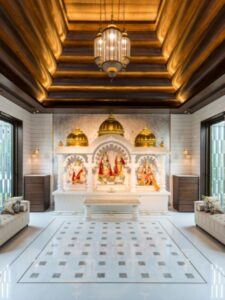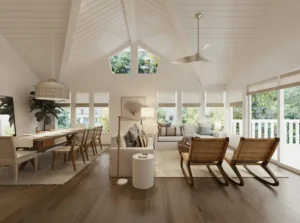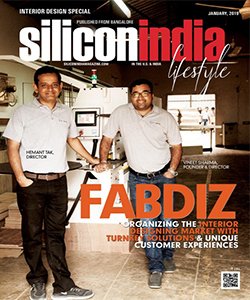Beneath the surface of ordinary rooms lies a world of wonder, concealed by the unassuming yet transformative types of false ceiling. These architectural marvels are the hidden gems of interior design, subtly shaping the atmosphere and functionality of spaces. Types of false ceiling, often akin to undercover agents in the world of aesthetics and engineering possess a knack for blending seamlessly into various settings, from corporate boardrooms to cozy living rooms.
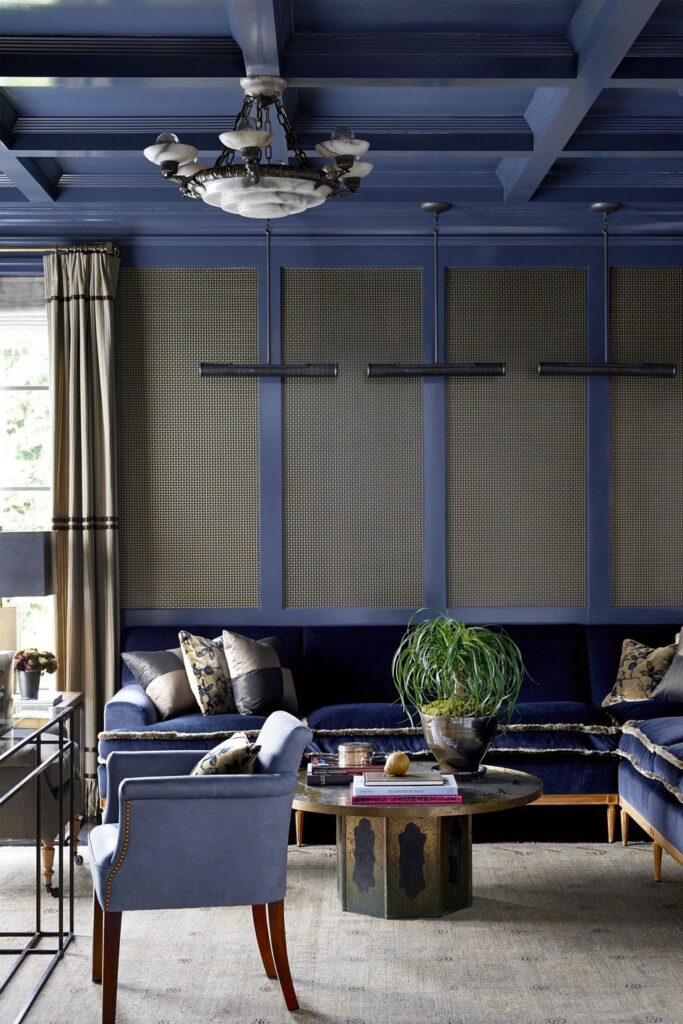
Like chameleons of the built environment, they adapt effortlessly to their surroundings, concealing imperfections, improving acoustics, and illuminating spaces with an enchanting allure. So, if you’re ready to unveil the secrets of this ingenious design element, join us on a journey through the myriad types of false ceiling, where the ordinary becomes extraordinary, one suspended tile at a time.
What We'll Cover
ToggleTypes of False Ceiling Material
False ceilings also referred to as drop ceilings or suspended ceilings design, offer a versatile canvas for interior design and serve various purposes beyond their aesthetic appeal. The choice of material for a false ceiling design is a crucial decision, as it can significantly impact the functionality and ambiance of a space.
Here are some common types of false ceiling materials, along with additional information:
Gypsum Board False Ceilings

Gypsum board false ceilings are not only easy to install but also versatile in terms of design and finish options. They provide a blank canvas for creativity, allowing homeowners and designers to explore various textures, patterns, and even three-dimensional effects. From simple, smooth gypsum board surfaces to intricate designs with recessed lighting, these ceilings can be tailored to suit the desired ambiance of a room.
Advantages of Gypsum board false ceilings:
Easy Installation:
Gypsum board false ceilings are relatively easy to install, making them a cost-effective choice.
Versatile Design:
They offer versatility in terms of design and finish options, accommodating various textures, patterns, and lighting effects.
Smooth Surface:
Gypsum board provides a smooth and even surface, ideal for achieving a polished look.
Disadvantages Gypsum board false ceilings:
Moisture Sensitivity:
Gypsum board can be damaged by moisture, so it’s not suitable for humid environments like bathrooms.
Limited Acoustic Properties:
They have limited sound-absorbing qualities, which may not be ideal for noise control in certain spaces.
Pop False Ceilings
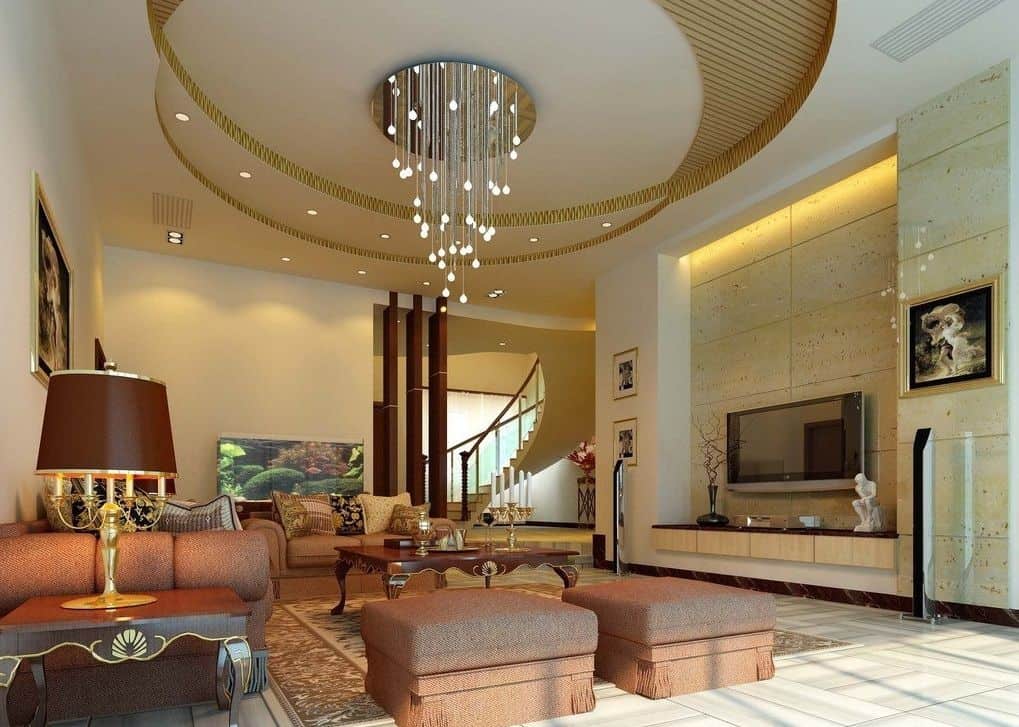
Pop false ceilings, created from a mixture of gypsum powder and water, offer a wide spectrum of artistic possibilities. Skilled craftsmen can mold this material into ornate patterns, floral motifs, or even intricate geometrical shapes. Pop ceilings are celebrated for their ability to transform a room’s atmosphere, making them a popular choice for those who wish to infuse their spaces with a touch of elegance and artistry.
Advantages of Pop False Ceilings:
Artistic Flexibility:
Pop false ceilings can be moulded into intricate patterns and designs, allowing for artistic creativity.
Elegant Aesthetic:
They add elegance and sophistication to a room’s atmosphere.
Lightweight:
Pop ceilings are relatively lightweight, making them suitable for various ceiling designs.
Disadvantages of Pop False Ceilings:
Not Moisture-Resistant:
Pop ceilings are not ideal for areas prone to moisture, such as bathrooms.
Skill-Dependent Installation:
Achieving complex designs requires skilled craftsmen.
Metal False Ceilings
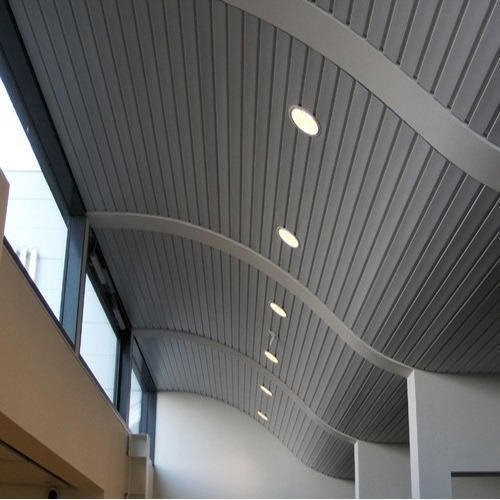
Metal false ceilings, featuring durable panels or tiles made from materials like aluminum, steel, or tin, are not only fire-resistant but also highly customizable. They can be painted or finished with different coatings to achieve a specific aesthetic, making them suitable for a variety of architectural styles. In commercial and industrial settings, metal false ceilings are often chosen for their durability and low maintenance requirements.
Advantages of Metal False Ceilings:
Fire-Resistant:
Metal false ceilings are highly fire-resistant, making them suitable for safety-conscious environments.
Customizable:
They can be painted or finished to achieve specific aesthetics, catering to various architectural styles.
Durability:
In commercial and industrial settings, metal false ceilings are durable and low-maintenance.
Disadvantages of Metal False Ceilings:
Cost:
They may be more expensive compared to some other materials.
Acoustic Properties:
Metal ceilings can reflect sound and may require additional acoustic treatment for noise control.
PVC False Ceilings
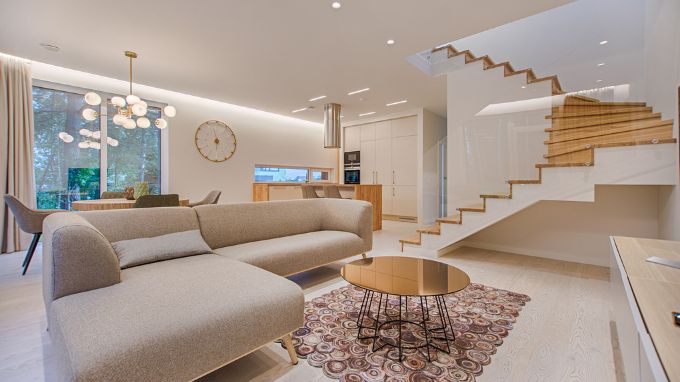
PVC false ceilings, with their lightweight plastic panels, are known for their practicality. They are resistant to moisture and can endure the humid conditions commonly found in bathrooms and kitchens. PVC ceilings are also easy to clean, making them a convenient choice for areas where hygiene is crucial.
Advantages of PVC False Ceiling:
Moisture Resistance:
PVC false ceilings are highly resistant to moisture, making them ideal for bathrooms and kitchens.
Low Maintenance:
They are easy to clean and require minimal maintenance.
Lightweight:
PVC panels are lightweight, simplifying installation.
Disadvantages of PVC False Ceiling:
Limited Aesthetic Options:
PVC ceilings may have limited design options compared to other materials.
Not Suitable for High Temperatures:
They can deform under high temperatures.
Wood False Ceilings
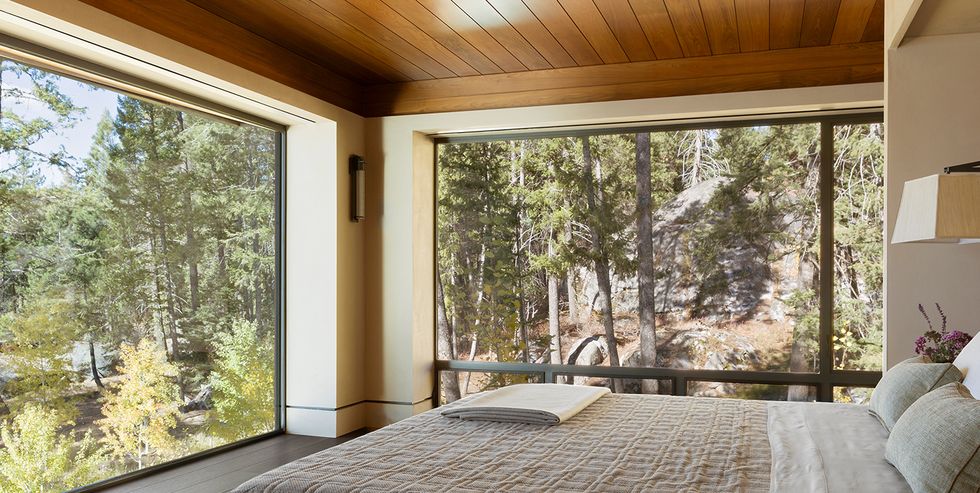
Wood false ceilings evoke a sense of warmth and natural beauty. Whether using traditional wooden planks or modern panel systems, wood ceilings can be customized to match the overall decor of a room. They can be stained to highlight the natural grain of the wood or painted to complement the colour scheme.
Advantages of Wood False Ceilings:
Natural Beauty:
Wood ceilings bring warmth and natural beauty to interiors.
Customizable:
They can be stained or painted to match the decor.
Eco-Friendly:
Wood is a renewable and sustainable material.
Disadvantages of Wood False Ceilings:
Cost:
Wood ceilings can be expensive, depending on the type of wood.
Maintenance:
They may require regular maintenance to prevent warping or damage.
Fibre False Ceilings

Fibre false ceilings composed of mineral fibres and sometimes combined with materials like perlite or wood fibres are ideal for enhancing acoustic properties. They provide excellent sound absorption, making them a popular choice for spaces where noise control is important, such as offices, conference rooms, and theatres.
Advantages of Fibre False Ceilings:
Excellent Sound Absorption:
Fibre false ceilings enhance acoustic properties, making them ideal for noise control.
Versatile:
They can be used in offices, conference rooms, and theatres.
Fire-Resistant Options:
Some fibre ceiling materials are fire-resistant.
Disadvantages of Fibre False Ceilings:
Limited Aesthetics:
They may have a limited range of design options compared to other materials.
Not Ideal for Humid Areas:
Fibre ceilings may not be suitable for humid environments.
Glass False Ceilings

Glass false ceilings bring a contemporary and luxurious touch to interiors. They can create stunning visual effects by reflecting light and creating a sense of spaciousness. While they may be more fragile and expensive than other options, glass ceilings are often chosen for their ability to make a bold design statement.
Advantages of Glass False Ceilings:
Contemporary and Luxurious:
Glass false ceilings create a modern and luxurious atmosphere.
Spaciousness:
They can make a space appear larger by reflecting light.
Visual Impact:
Glass ceilings make a bold design statement.
Disadvantages of Glass False Ceilings:
Fragility:
Glass is fragile and can break easily, posing safety concerns.
Cost:
They tend to be more expensive than other materials.
Fabric False Ceilings
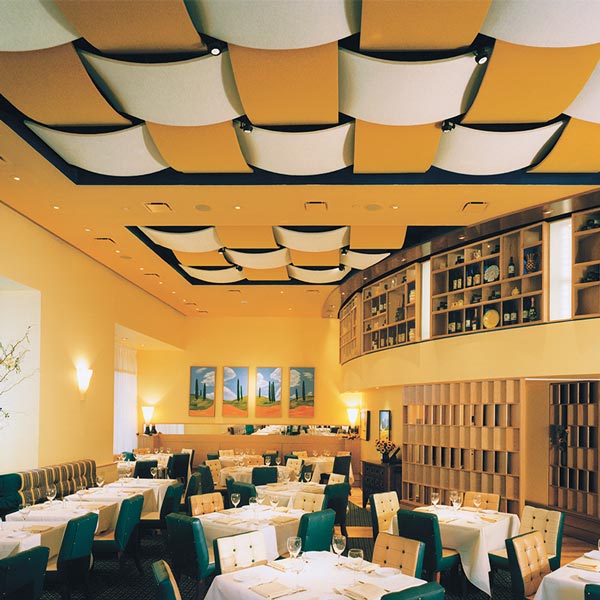
Fabric false ceilings introduce a soft and inviting element to a room’s decor. Stretched fabric panels can be customized with various colours and patterns, allowing for endless design possibilities. These ceilings are frequently used in settings where ambiance and aesthetics are paramount, such as upscale restaurants and theatres.
Advantages of Fabric False Ceiling:
Soft and Inviting:
Fabric ceilings introduce a soft and inviting element to a room’s decor.
Customizable:
They offer endless design possibilities with various colors and patterns.
Ambiance Enhancement:
Fabric ceilings are ideal for settings where ambiance and aesthetics are paramount.
Disadvantages of Fabric False Ceiling:
Maintenance:
Fabric may require periodic cleaning or replacement, depending on the environment.
Installation Complexity:
Achieving a perfectly stretched appearance can be challenging and requires skilled installation.
That’s a Wrap:
In the ever-evolving landscape of interior design, one cannot underestimate the transformative power of types of false ceiling. These unassuming architectural elements, often hidden in plain sight, possess the uncanny ability to redefine spaces, making them not just functional but also aesthetically pleasing. Throughout our exploration of the captivating world of false ceiling design, we’ve witnessed their remarkable versatility and ingenuity. From concealing the technical intricacies of a modern office to adding a touch of elegance to a cozy home, types of false ceiling have proven themselves as indispensable allies to designers and architects alike.
As we conclude our journey through the realm of false ceiling design, it’s evident that these unassuming structures are not merely overhead features but artistic canvases that play a pivotal role in shaping the ambiance and character of a space. They seamlessly merge form and function, enhancing acoustics, concealing imperfections, and creating visual intrigue. So, the next time you step into a room, remember to cast your gaze upward, for there, amidst the heights, you may find the subtle but undeniable influence of types of false ceiling design, quietly shaping the world around us.
FAQs:
False ceilings can be constructed using a variety of materials, including gypsum boards, metal panels, wood, PVC, and mineral fibre tiles. The choice of material depends on factors such as aesthetics, acoustics, and budget.
For sound insulation, materials like mineral fibre tiles and acoustic gypsum boards are commonly used. These materials help reduce noise and create a more comfortable indoor environment.
Yes, false ceilings made from metal panels, such as aluminum or steel, are known for their durability and resistance to moisture and fire. They are often chosen for commercial and industrial spaces.
Gypsum boards are lightweight, easy to install, and offer good fire resistance. They are also versatile, allowing for various design possibilities and finishes.
Yes, wood is a popular choice for residential false ceilings. It adds a warm and natural aesthetic to spaces. However, it’s essential to consider maintenance and the potential for moisture-related issues.
Yes, PVC false ceilings are moisture-resistant and, therefore, suitable for high-humidity areas like bathrooms and kitchens. They are easy to clean and maintain.
Selecting the right material depends on factors such as the intended use of the space, design preferences, budget, and any specific requirements like soundproofing or fire resistance. Consulting with an architect or interior designer can help you make an informed decision.
Some false ceiling materials, such as mineral fiber tiles, are recyclable and eco-friendly. It’s worth exploring sustainable options if environmental considerations are important to your project.
While there are no strict rules, materials that are prone to mold or deteriorate in high humidity conditions may not be suitable for certain spaces. It’s essential to consider the environment and maintenance requirements.
The lifespan of false ceiling materials varies depending on the material chosen, maintenance, and environmental factors. Generally, well-maintained false ceilings can last for several years to decades.
